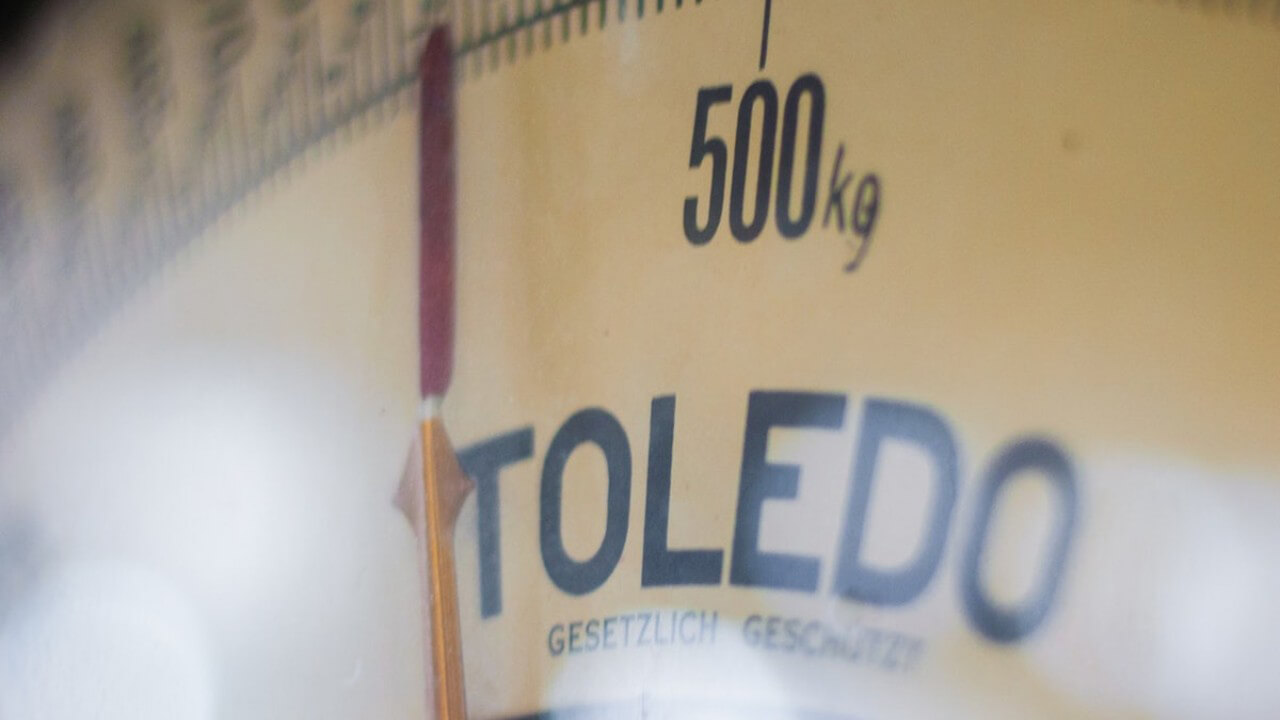For laboratories, pharmaceutical companies and the healthcare industry as a whole, nothing is more critical than quality. Even minute errors in weighing can result in entire batches failing quality checks. Then there’s the possibility of the error not being caught in time and a sub-standard batch being released into the market.
If that happens, your time, money and manpower are wasted. You also risk losing your licenses, incurring serious damage to your reputation and worst of all, endangering the lives or well-being of your product’s consumers.
Designing to Improve Quality
One of the best ways that have been found to be successful in improving quality is the approach of designing individual processes to reduce the risk of lapses in quality as a whole. In fact, this approach is so successful that even regulatory authorities like the FDA support it as a way to ensure consistent quality.
Quality by Design, or QbD, can be applied to your weighing processes by assessing the risk at each stage and using the data to implement multiple checkpoints throughout the manufacturing process. This ensures any errors are caught and dealt with in their infancy, effectively nullifying the risk of them causing exponential errors across other processes.
How to Incorporate Quality by Design in Manufacturing Processes
Here are a few key factors that should be incorporated for improving Quality by Design:
Start by Choosing the Right Equipment
The most important factor in reducing the risk of errors is the kind of equipment that is used. Make sure the accuracy, precision and repeatability of each weighing scale are at par with the criticality of the measurements they make. When you’re selecting weighing equipment, especially for processes that are critical to quality (CtQ), it’s better to err on the side of caution.
Take into consideration the tolerance levels, risk analysis benchmarks of your industry, and requirements by government regulatory authorities. There is a wide range of sophisticated equipment that can perform additional tasks which may help you reduce the chances of errors.
- Any equipment you use should be thoroughly qualified and verified to ensure it is suitable for its intended use
- If you’re opting for customized equipment, make sure DQ (design qualification), IQ (installation qualification), OQ (operational qualification and PQ (performance qualification) are performed
- The installation should be carried out in accordance with the manufacturer’s instructions by qualified and experienced personnel
Reduce Uncertainties
No measuring instrument or device is perfect, but you can reduce measurement uncertainties by reducing deviation. The accuracy of weighing equipment is in absolute units like ±1 gram, so you’ll have a lower uncertainty if you weigh larger batches.
Weighing equipment should be tested in different conditions to ascertain the impact of external factors. You can then establish a monitoring process to adjust parameters like:
- Environmental Factors: Dust and debris, and changes in air movement, temperature or humidity can increase measurement uncertainty
- Vibrations: Instruments exposed to vibrations may be less accurate, and need to be calibrated/serviced more frequently
- Unreliable Instruments: Track processes which are frequently erroneous and trace them to find the point of origin
- Human Error: Manual measurements are more prone to errors, so opt for automated processes wherever possible, especially those that are CtQ
Calibration and Maintenance
Weighing equipment also needs periodic calibration, since the measurements will become less accurate with repeated use. Here are some of the key considerations:
- Always refer to the manufacturer’s instructions for cleaning, calibration and regular maintenance procedures
- Calibration should be performed before and after installation, as well as periodically, if the measurements seem inaccurate, and after an event that could reduce its accuracy, like an impact from a bump or fall
- The calibration schedule should take into account the criticality of the equipment and be carried out only by thoroughly trained and experienced personnel or calibration service providers
- Use reference standards that are traceable to recognized international standards and ensure the performance of the equipment before and after calibration is documented
- When equipment is sent out for repairs or calibration, it should be revalidated upon arrival, and adjusted to account for the differences in environmental factors
The Takeaway
Enlisting the assistance of a reliable service provider is useful, especially in the initial stages. Along with helping you choose and install the correct weighing equipment, they can guide you through the process of creating a maintenance schedule and fail-safes for it.




